By Àngels Miralda | Images courtesy 58th International Art Exhibition – La Biennale di Venezia
The work of Yamandú Canosa explores the landscape through language. The laws of grammar upturn preconceived notions of territory, geography, and identity. Representing Uruguay at the 58th Venice Biennale, La Casa Empática curated by Patricia Betancur and David Armengol, relates to urgent issues through poiesis. Canosa imagines the horizon as an open border, one that falls away into an eternally setting sun by characters who never remain still. They align themselves with constellations and break apart to create a cosmos of global fraternity. The pavilion’s walls, organised according to cardinal directions, as well as the mirrored earth and sky ask the viewer a poignant question: where does the earth begin and end?
Casa Empática begins on the outside. The colourful façade references the harmonic pallet that marks the four interior walls. The first wall upon entering represents the Southern hemisphere. Borders are disrupted by grammatical pauses and the abstraction of continents, overset one over the other represents the long-term continental drift which has organically created the territories and landscapes which we inhabit. Through a mix of multiple mediums, Canosa insists on the importance of flux and plurality in a constantly shifting landscape.
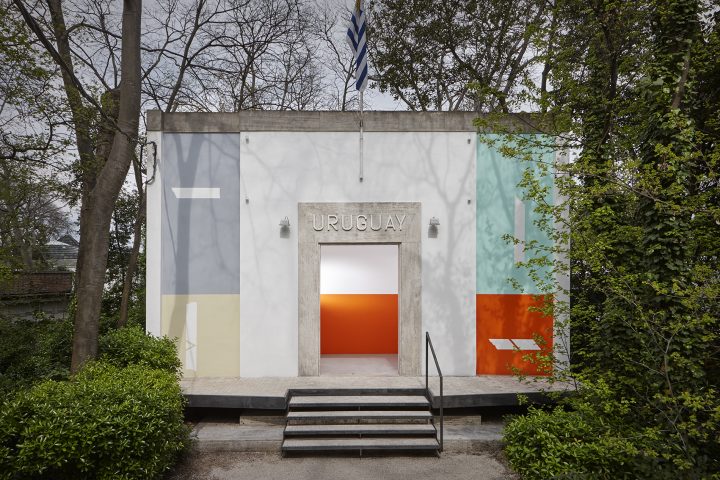
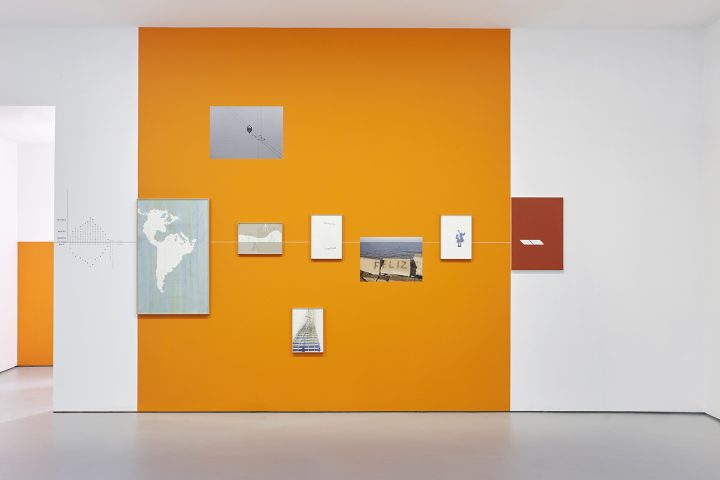

After the Southern wall the Western, Northern, and Eastern walls continue in abstract formations of each territory. Defined not by countries or common stereotypes, the similarity of the four strikes curiosity at the differences and narratives in each. What this likeness and abstraction avoid, is the definition of territory based on contrived narratives related to nationalist or naïve imperial assumptions. The narratives of migration, violence, and hope relate to Canosa’s own life history – having escaped a dictatorship in Uruguay in 1975, he moved to Spain where he witnessed the transition to democracy in Barcelona after decades under Francisco Franco. Change and turmoil are represented as a part of life, but which must always strive towards consolidated internationalism and empathy.
The centre of the pavilion is its strongest point of the installation through a spatial assemblage that replicates the constellation of Orion on the ceiling as starry circles, and on the ground as hesitating pétanque balls. The constellation represents Greek myth and the cosmos, an unreachable entity in the formation of one of the only constellations that can be seen in both Northern and Southern hemispheres. The pétanque balls ground the stars to the earth and turn the celestial bodies into the banal enjoyment of the everyday. This encompasses the nature of the work – an installation and ideals on a large scale composed of simple photographic encounters and laboured canvases that represent points of gravity and pause within a complex world.
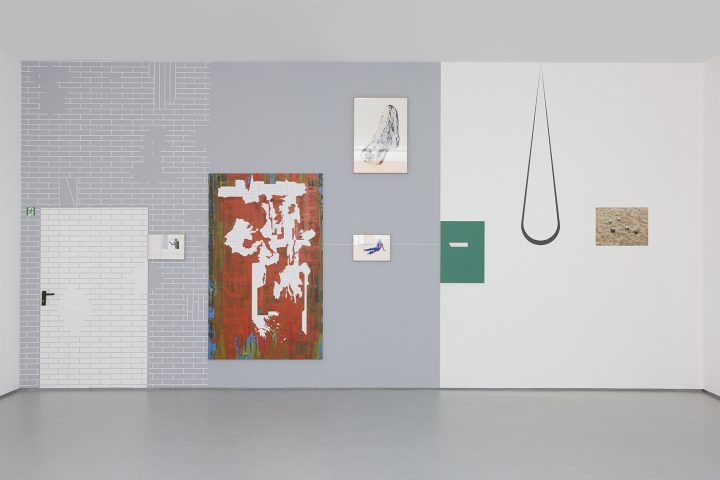
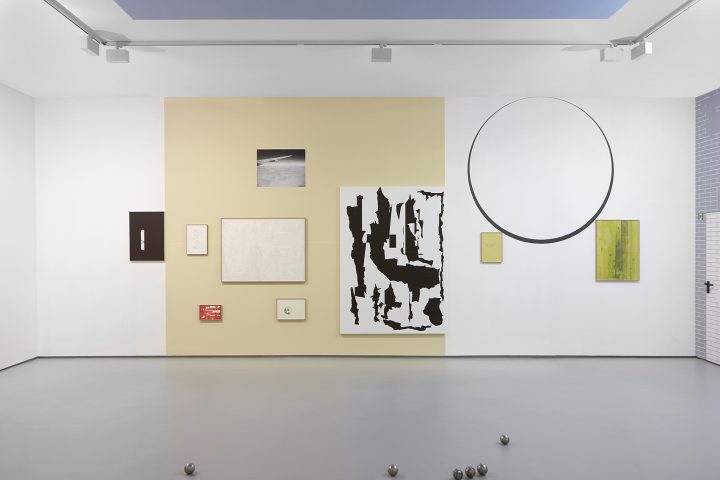

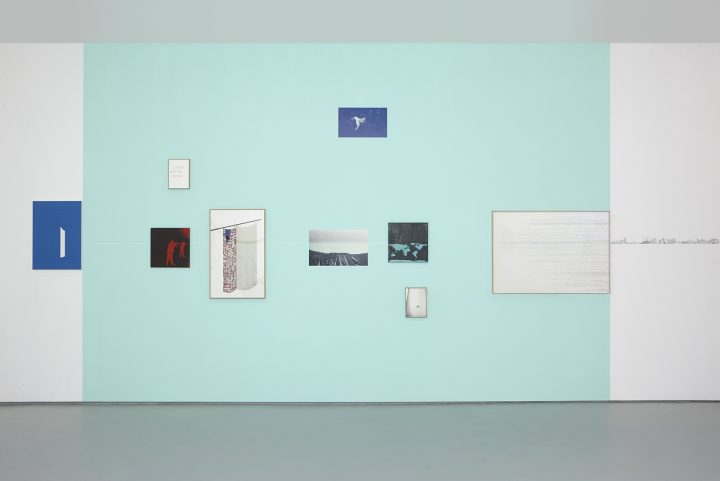
The pavilion can be described as a poem in three dimensions. Lines and breaks are words that pause and continue. The image plays with caesura in a meaningful unfolding of space. In these phrases there is space to speak of war and misery, but only hand-in-hand with hopes and dreams. This view is one coming from a continent that was formed through repeated mass migrations, displacements, and conflict, but which has come to create a fluid and plural identity. Violence and despair go hand in hand with hope and song in the creation of the world. In La Casa Empática, Yamandú Canosa has created a contained project that encompasses a political project. Neither the rejection of history, nor nostalgia, la casa empática is a utopia of understanding. It asks, what if the world began in Latin America?

 Español
Español